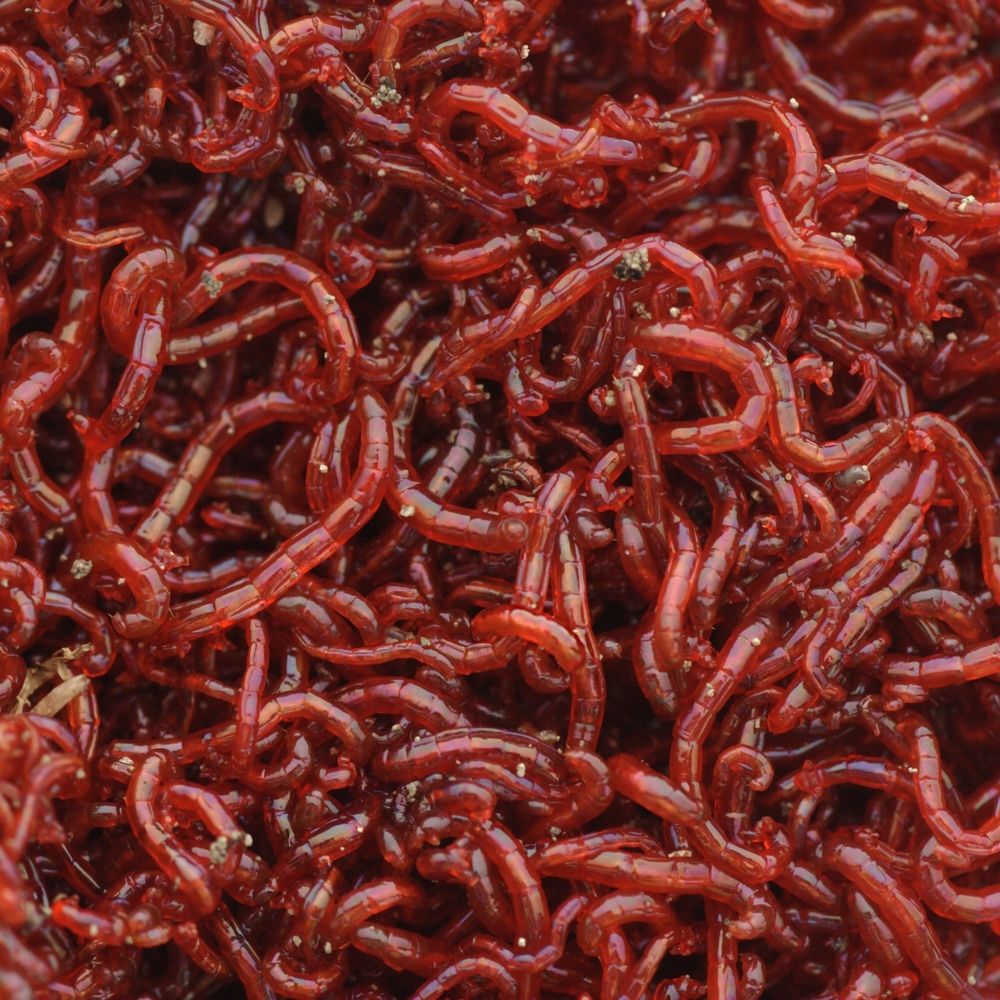


This activity can cause cause life-threatening bowel inflammation, known as colitis (larval cyathostominosis) in the horse. Tens of thousands of these encysted larvae can line the intestine, where they impair absorption of nutrients, resulting in possible weight loss and life-threatening illness. Here they wait until conditions, such as a change in season from winter to spring, triggers a ‘mass emergence’ from the gut wall. Other larvae stay encapsulated for months or years within the horse’s gut wall, lying in a dormant state known as inhibited encysted larvae. Some continue to develop within the gut wall, re-emerging soon after to become adult, egg laying worms residing in the large intestine. 元 larval stages of the worm burrow into the gut wall of the large intestine and become encysted. The majority of small redworm species go through a unique lifecycle stage that is particularly dangerous to the horse’s health. Conversely it is also possible for a horse to appear perfectly healthy while carrying a significant worm burden. The horse may become a chronic ‘bad doer’, and in some cases, a severe infestation can be fatal. Long term, small redworm infestation can seriously damage the intestinal wall, reducing the horse’s ability to absorb nutrients. Symptoms of both large and small redworm infections include loss of condition, weight loss and anaemia, distended stomach, staring or dull coat as well as diarrhoea and colic. The large redworm is a darker red and bigger than the small redworm at up to 5cm long. They have a migratory larval stage that can cause blockages in blood vessels, damaging vital organs and triggering life threatening hemorrhages and internal bleeding. While large redworm have the capability to cause more damage in the horse, their numbers have been vastly reduced over the last 40 years due to modern worming regimes. The small redworm is up to 2.5cm long, thin and usually reddish in colour (the unfed worms appear white).

As well as large populations of adult redworm being problematic to the horse, cyathostomes also have an unusual developmental stage, where the larvae of some species burrow into the horse’s gut wall and encyst with the potential of causing serious consequences when they re-emerge. They have a very quick lifecycle (as little as five - six weeks) and reproduce in large numbers 95% of parasite burdens found in horses are small redworm. Small redworm are the most common and arguably most dangerous parasite threat to horse health. There are two types of redworm found in the horse – small and large strongyles.


 0 kommentar(er)
0 kommentar(er)
